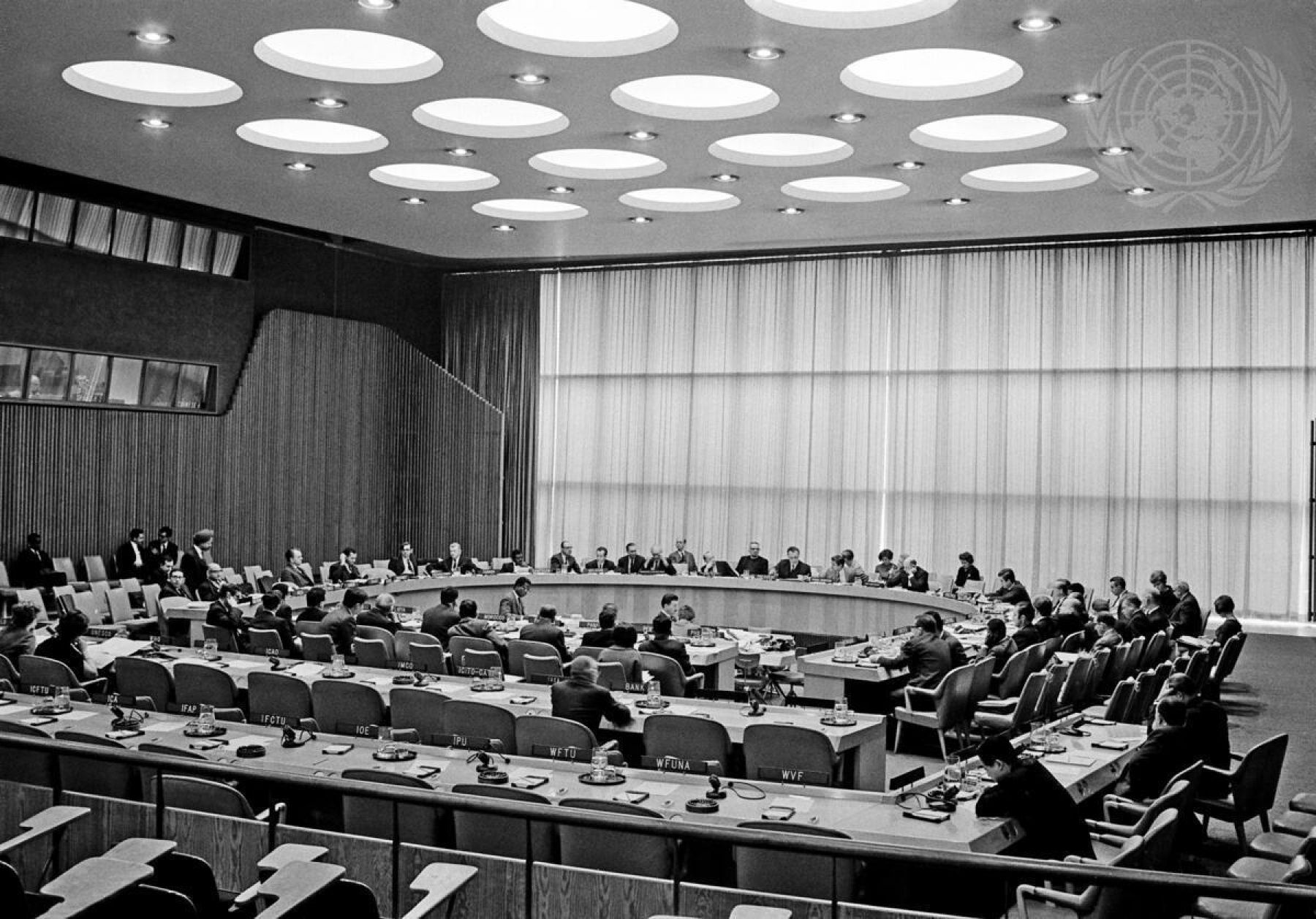January 24, 2022
UN Convention on Statelessness, 1954, and UN Convention on the Reduction of Statelessness, 1961

This treaty offered the first legal definition of statelessness – as someone who “is not recognized as a national by any state under the operation of its law” – and put into place minimum standards for nations’ treatment of stateless people within its border. It followed on, and represented an extension of, the 1948 Universal Declaration of Human Rights which designated the “right to a nationality” as a fundamental human right.
Its main goal was to reduce the phenomenon of statelessness, most actively by requiring its signatories to assign children born in a country its nationality if they have no other. It has been followed by a number of other accessions, in an mostly unsuccessful effort to reduce the global numbers of stateless people.

List of reading
Mira Siegelberg, Statelessness: A Modern History (Harvard University Press, 2020)
Alice Edwards and Laura Van Waas, “Statelessness,” in The Oxford Handbook of Refugee and Forced Migration Studies (Oxford: Oxford University Press, 2014)
